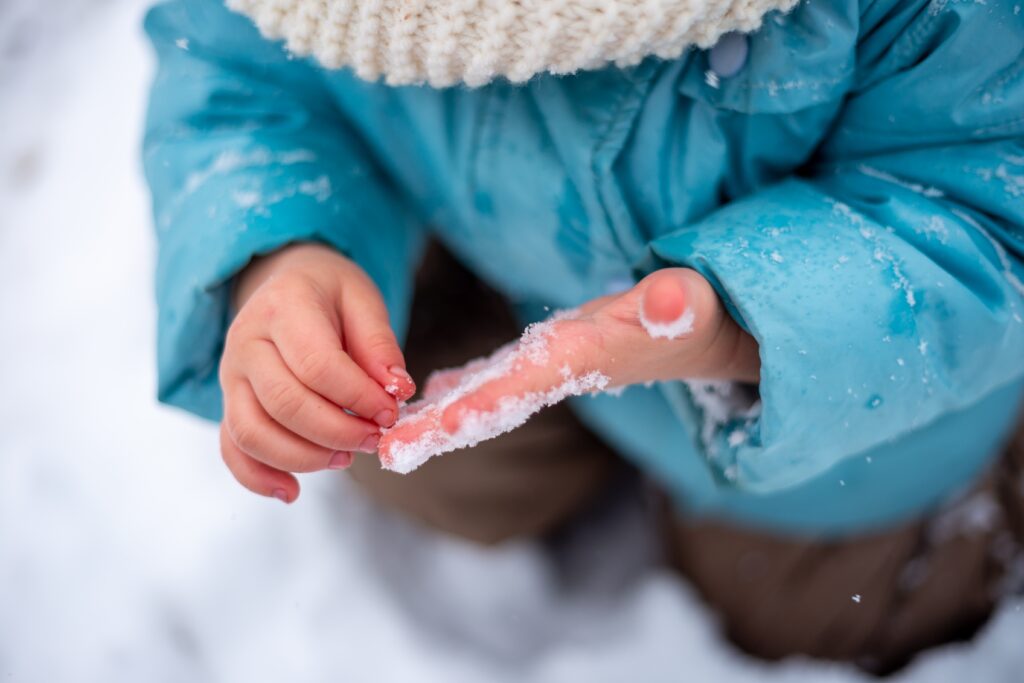Being outside in cold temperatures can have an adverse effect on your health if you aren’t careful. Specifically, prolonged exposure to cold temperatures and low wind chill factors can cause frostbite. Review this guidance for frostbite treatment and prevention tips.
What is Frostbite?
Frostbite is an injury caused by the freezing of skin and underlying tissues due to prolonged exposure to cold temperatures. When the skin and tissues freeze, the blood vessels constrict, reducing blood flow and oxygen to the affected area, which can cause damage to the cells and tissues. Frostbite usually affects the extremities, such as the fingers, toes, ears, and nose. In severe cases, it can lead to permanent tissue damage or even amputation.
Though everyone is at risk of developing frostbite when outside in winter, some are more susceptible than others. In fact, children, the elderly, diabetics and those with circulatory problems are more likely to experience frostbite. Common symptoms include:
- Skin discoloration
- Burning or tingling sensations
- Partial or complete numbness of the affected area
If frostbite goes untreated, the affected skin gradually darkens within a few hours. It may turn black and look loose and frayed, as if it’s burnt, which can indicate permanent skin damage.
How to Prevent Frostbite
To reduce your risk of frostbite:
- Protect your hands, feet, nose and ears by bundling up in warm, layered clothing.
- Go inside to warm up periodically, even if you don’t feel extremely cold.
- Stay dry by wearing moisture-wicking materials and changing out of wet clothes as soon as possible. Consider waterproof boots and outerwear.
- Don’t drink alcohol before or during exposure to cold weather, because it may prevent you from realizing that your body has become too cold.
- Avoid smoking, which can narrow your blood vessels and increase your risk of frostbite.
- Get out of the cold when your skin appears red or if you experience any pain.
Frostbite Treatment
If frostbite is suspected, it’s important to rewarm the affected area gradually and seek medical attention as soon as possible to prevent permanent damage.
If you think that you have frostbite, move to a warm location and place your affected body part in warm water until it’s soft and sensation has returned. Then, wrap the area in clean, sterile dressing and visit a doctor for follow-up care. People who suffer frostbite on their extremities are also susceptible to hypothermia, a dangerous lowering of body temperature. Check for and treat symptoms of hypothermia before tending to frostbite injuries.
For more winter safety tips, contact us today.
























